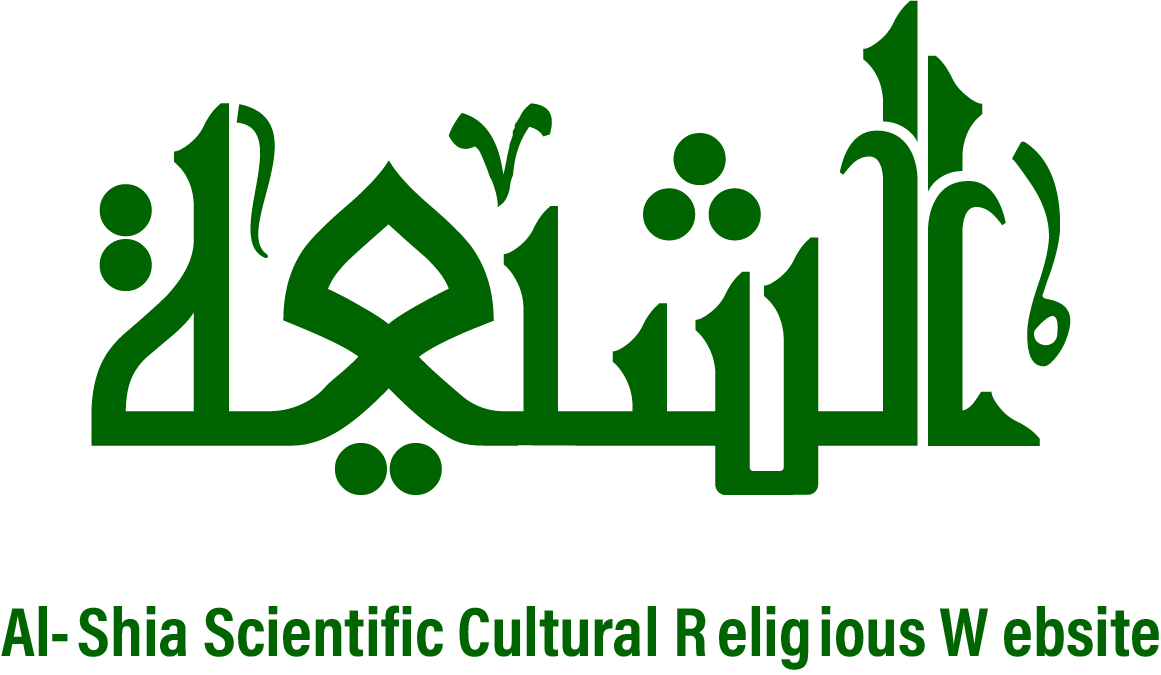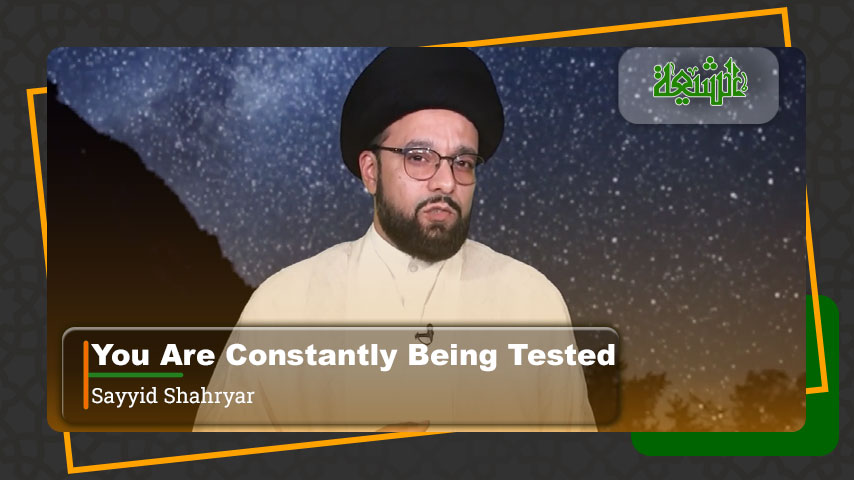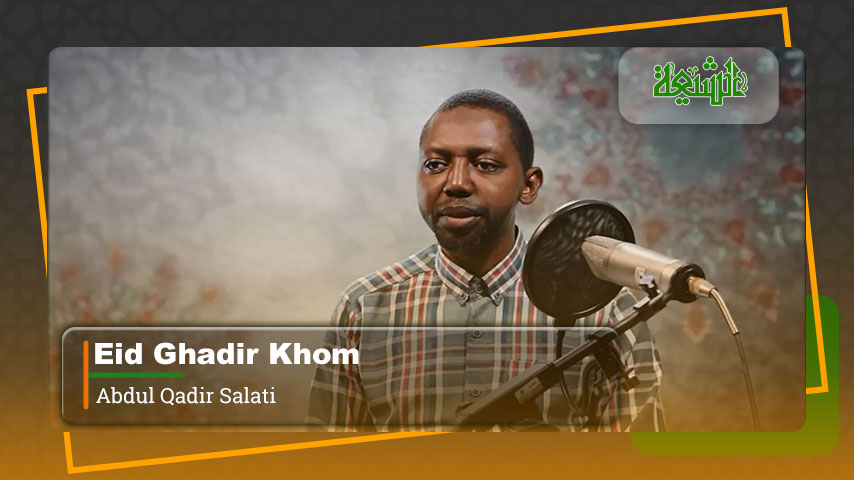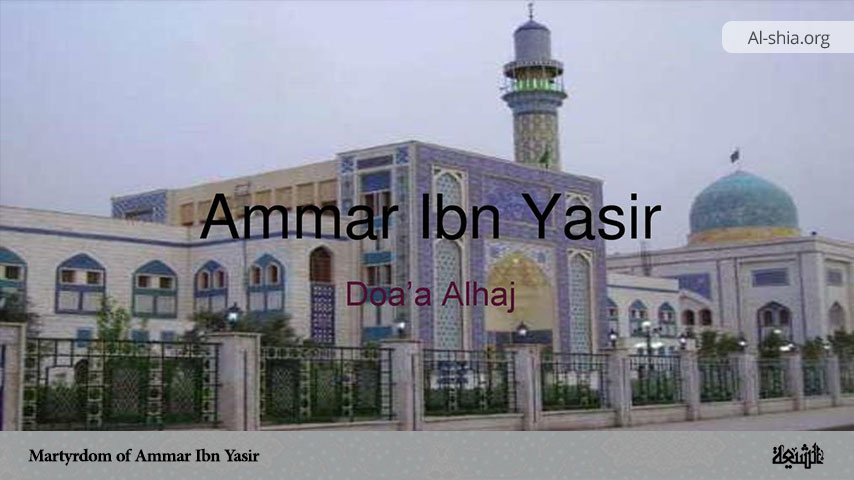In continuation of the discussions on the topic titled “Islamic Background of Western Renaissance”, we shall focus on other relevant points on the topic here.
Translations (1)
The Christian Scholars who had studied in the institutions of Muslim Spain translated several important works of Arab writers into European languages which provided the firm ground on which the stately edifice of Western learning was raised.
During the 12th and 13th centuries A.D., the process of the diffusion of Arab sciences assumed a massive scale and there were several centres in southern France for the dissemination of Arabian Culture. Constantine, an African monk (2), who had acted as secretary to Robert Guiscard, translated several Arabic works including the theoretical part of Ali Ibn Abbas, al-Kitab al-Maliki.
The surgical part of the book was translated into Latin by John, a disciple of Constantine.
Gerard of Cremona was one of the greatest exponents of Arabian learning. He spent more than 50 years in Muslim Spain devoting himself to the pursuit of Arabic learning and translating more than ninety Arabic works including Al-IZanun, the monumental medical works of Ibn-Sina, Almagest of Ptolemy, Tasrif of Al-Zahrawi, AI-Mansuri of Al-Razi and the astronomy of Al-Haitham.
Faraj ben Salim, the Sicilian Jew, translated in 1279, Al-Hawi, the well-known medical work of Al-Razi as well as Taqwim al-dbdan, written by Ibn Jazlah.
Europe is chiefly indebted for its knowledge of Arabic medicine to Constantine, Gerard of Cremona and Faraj bin Salim whose translations paved the way for the growth of medical science in the West. Adelard of Bath, attached for a considerable time to the house of Benedictine was the greatest Arabist of England who popularized Arab learning in France and England.
He brought a large number of books from Cordova, which he translated and popularized in England. Of his many translated works, the outstanding are the Elements of Euclid, the astronomical tables of Majriti (1126 A.D.), the astronomical tables of Al-Khwarizmi, the astronomical tables of Abu Ma’sher Jafar and many other astronomical and mathematical treatises.
Toledo, after its fall into Christian hands in 1085 A.D. became an important centre for the transmission of Arabic literary treasures to the West. Under the guidance of Archbishop Raymond I (1126–51 A.D.), there arose a regular translation department in which Michael Scot, Robert Chester and Gerard of Cremona made valuable translations of important Arabic works.
Michael Scot (1236) who is considered as one of the founders of Latin Averroism later became the court astrologer of Frederick II of Sicily.
He translated among other works Al-Hai’a (Bitruji’s astronomy), Adstotle’s De Coelo et-Mundo, with Ibn Rushd’s commentary, and many Arabic works on zoology. His translations of Ibn Rushd’s works greatly influenced the later European philosophers. Robert Chester made the first translation of Al-Khwarini’s algebra in 1145 A.D. In 1143, he along with Hermann, the Dalmatian, completed the first translation of the Holy Quran.
Gerard of Cremona was the most prolific of Toledo translators., Leonardo Fibonacci, who travelled extensively in Spain and Algeria learnt Arabic mathematical science and translated the great work of -Al-Khwarizmi on algebra.
His translated works greatly influenced later writers, hence he is considered the founder of modern mathematics in Europe. He greatly popularized the perfected decimal notation in Europe.
Daniel de Morley who studied astronomy and mathematics in Cordova published a number of works and lectured at the Oxford School. Theodore of Antioch translated into Latin, an Arabic work dealing with hawking, which is considered as the first modern natural history.
Abraham Ben Ezra (1167 A.D.) a Jew of Toledo translated al-Beruni’s commentary on Khwarizmi’s Tables.
John of Seville translated among others the medical and philosophical works of al-Farghani, Abu Mahsar, Al-Kindi and Al-Ghazali. Plate and Tivoli translated the astronomy of Al-Battani as well as other mathematical works. Companies of Novara who had studied mathematics at Cordova taught the subject in Vienna.
Alfonso, the sage had established schools at Toledo for the translation of Arabic works. Stephens of Egypt who received his education in Muslim Sicily translated the important medical work of al-Majusi in 1127 A, D.
Sicily stands next to Spain in the diffusion of Arab culture. Muslim learning was transmitted to Europe from Spain and Sicily. Even after the conquest of Sicily at the hands of the Normans in 1091 A.D., the Christian rulers exercised great tolerance towards Muslims and contrary to their counterparts in Spain patronized Muslim culture.
The superior culture of the conquered race had won the hearts of the conquerors, so much so that Roger, the first King of Sicily, and his successors were accused of being more Muslim than Christian is. Sicily, which even in the Christian era continued to be a great centre of Muslim civilization, played a vital part in the awakening of Europe.
The civil administration of Sicily served as a model for Europe. It was Thomas Burn, who introduced the English fiscal system during the reign of Henry II, which he had learnt in Muslim Sicily. Sicily, with its central position, served as an intermediary between the two cultures, Christian and Muslim.
It provided an ideal centre for the dissemination of Arabic civilization. There was continuous intercourse between the two Norman States of England and Sicily which was instrumental in bringing many elements of Muslim culture to distant Britain.
Emperor Frederick II, in spite of strong opposition from the orthodox quarters, continued to be the greatest patron of Muslim culture in Europe. “Its great far-reaching influence reached its height when the kingdom passed into the hands of the great Italian-born Emperor Frederick II,” writes Robert Briffault, “whose radiant figure filled the Middle Ages with wonder.
Translations (2)
If the name of any European sovereign deserves to be specially associated with the redemption of Christendom from barbarism and ignorance it was not that of Charlemagne, the travesty of whom in the character of a civilizer is a fulsome patriotic and ecclesiastical fiction.
But that of the enlightened and enthusiastic ruler (Frederick II) who adopted Saracenic civilization and did more than any sovereign to stimulate its diffusion.
The Jews of Sicily played a vital role in the diffusion of Arabian learning in Europe. Of them Farragut of Sirgent, Mese of Palermo and Faraz Ben Salem are noteworthy.
The first two translated the astronomical and medical works of Arabs into Latin. Southern Italy which was ruled by the Norman Kings of Sicily considerably assisted in diffusing Arab culture to northern Italy and even to central Europe.
A number of translators worked in western Italy, Burgundio of Pisa (1130 A.D.) translated ten books of Galen; Bonacosa, a Jew translated the colliget of Ibn Rushd at Padua and Paravisius translated the Taysir of Ibn Johral at Venice.
Due to a lack of appropriate wards, Arabic technical words and scientific terms were adopted in Latin. Thus the Arabic words alchemy, alcohol, azure, cypher, and elixir (al-Taksir) were introduced into the vocabulary of Europe and are still in use.
The work of translating Arabic works continued unabated till the middle of the 17th century A.D. Great attention was paid to the translation of Arabic chemical works.
Andrea Alphago of Baluno of Italy (1520 A.D.) translated the biographical dictionary of Ibn Kifti as well as some of the important works of Galen, Ibn Sina and Ibn Rushd.
A work of Abdur Rahman on music and the Pyramids was rendered into Latin by Piyare Vattier of Orleans in 1664 A.D.The period of translation was followed by a period when Arabian knowledge was systematized, assimilated and the ground prepared for the creative works which brought about the renaissance in Europe.
The systematizes arranged the vast material obtained through Arabian sources and paved the way for the intellectual growth of Europe. Among the foremost systematisers were Alexander of Halle (1245 A.D.), Robert Grosseteste (1255 A.D.), and St. Thomas Aquinas (1225-75 A.D.) Albertus Magnus (1193-1290 A.D.)., Roger Bacon (1214-94 A.D.), Amold of Villanova (1255-1320A.D.), and Peter of Abano (1250-1320 A.D.).
“The impulse of this intellectual activity”, writes Campbell, “was derived in the main from the Arabian writers and Albertus Magnus and Rager Bacon were the eminent types of Arabo-Scholastics of the period who derived the basis of their learning from Arabian sources.”
Roger Bacon (1214-94 A.D.) is considered the father of the European renaissance. He was educated by Jewish teachers in the Oxford School which were established, for the propagation of Muslim science by Jews who had been driven out of Spain by the Christians and had reached England along with William of Normandy.
According to M. N. Roy, “Roger Bacon was a disciple of Arabs”. Roger Bacon, who in the West is known as the originator of the experimental method in Europe had himself received his training from the pupils of Spanish Moors and had learnt everything from Muslim sources.
The writer of the article “Roger Bacon” in the Encyclopedia Britannica claims that it is beyond all doubt! that Rager Bacon was profoundly versed in Arabian learning and derived from it many of the germs of his philosophy.”
The influence of Ibn Haitham (Alhazen) on Roger Bacon is clearly visible in his works. Europe was rather slow to recognize the Islamic origin of her much-advertised scientific (experimental) method.
Writing in the Making of humanity, R. Briffault admits that “It was under their successors at the Oxford School that Roger Bacon learned Arabic and Arabic science. Neither Ragger Bacon nor his later namesake has any title to be credited with having introduced the experimental method.
Roger Bacon was no more than one of the apostles of Muslim science and method to Christian Europe, and he never wearied of declaring that the knowledge of Arabic and Arabic science was for his contemporaries the only way to true knowledge”.
As a reward for his love of Arabic science, Roger Bacon was thrown into prison as a sorcerer and he died shortly after his release from 10 years of imprisonment.
The Crusade was partly responsible for popularizing Puiuslim learning in Christian Europe. The direct contact of the Christian west with Muslims in Palestine made Christian scholars like Raymond Lull of Catalonia (1235–1315 A. D) realize the futility of conquering Islam by brute force and attempt to win their hearts by peaceful means.
This necessitated the learning of Arabian sciences and of training Christian missionaries in Arabic culture. Such a training centre was established in Toledo in 1250 A. D. Raymond the Martin, who was the principal scholar of this school, founded a monastic college at Miramar in 1276 A.D.
Probably it was Martin who influenced the ecclesiastical council of Vienna in 1311 A.D. to adopt a Resolution to create the chair of Arabic language at the Universities of Paris, Louvain and Salamanca.
According to Lec Clerc, “The contacts of the Arabs with southern Italy and the Crusades contributed to the spread of Arabian medicine and culture generally in the west of Europe”.
Campbell also testifies to the above view when he says, “the crusaders were undoubtedly influenced by the medical and philosophical doctrines of the Arabians”.
The superior culture and advanced knowledge of the Arabs in several branches of learning greatly influenced the Christian crusaders when they came in direct contact with the Arabs and the works of persons like Harmon the Cripple bear testimony to this influence of Arab culture.


















